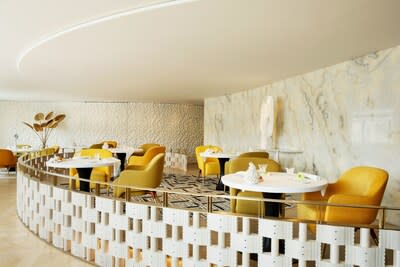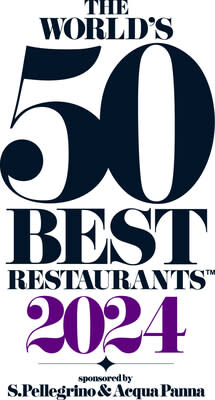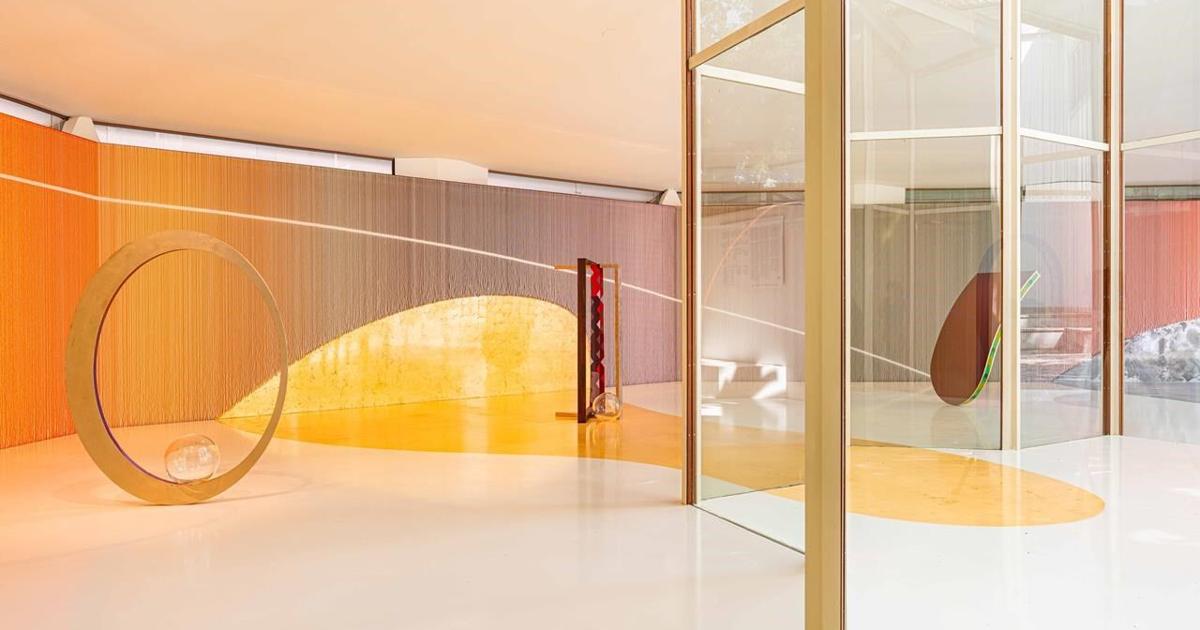Pierce Brosnan has been entertaining audiences for four decades. You know him as James Bond. You know him from the Mamma Mia! films and from Mrs. Doubtfire. You may not know the storied Irish actor is a highly talented—and prolific—painter. He has produced about 300 pieces of art, and now, he’s sharing his work to the public by hosting his first solo art exhibition titled “So Many Dreams.”
“I have been painting since ’87 and it’s very therapeutic,” Brosnan told Vanity Fair Saturday during the exhibition’s opening night reception in Los Angeles. “Painting has helped me find my way in life. Whenever I feel angst, I’ll go to the canvas. It brings me comfort and it’s just so joyful.”
Curated by Brosnan and his wife, Keely Shaye Brosnan, “So Many Dreams” is open through May 21 at 434 N. La Brea Avenue in Los Angeles. The exhibition showcases 50 paintings consisting of portraits, sweeping outdoor landscapes, and wildly imaginative abstract figures. Also on display are Brosnan’s scripts that are filled with sketches; silkscreen and lithograph prints and 100 free-flowing drawings that blanket an entire wall of the gallery. The extensive collection is accompanied by a poignant short film produced by Brosnan’s 26-year-old son, Dylan, that provides background information about his father’s artistic process as a painter. “I never thought about having my paintings going out into the world, but Keely documented it all and said, ‘Let’s try for a show,’” Brosnan explained. “She has a strong hand in the work, in the celebration of the work and the love that she has for the work.”
“Pierce’s work is deeply personal so that’s why I thought we should show it,” said Keely, a documentary filmmaker and journalist. “Many of these paintings have been in storage…and it occurred to me that we should share them and host an exhibition where people could see a different facet of Pierce. I think for many of his fans, they will appreciate the opportunity to see this other creative side of him. Everywhere he goes and every movie set he’s on, he always sets up a studio and paints. What you see at the exhibition is the result.”
Many of Brosnan’s works start with drawings. He’s frequently on business calls and while talking on the phone, he fills his notebooks with sketches, and many serve as starting points for future paintings. His subjects range from purely abstract to imaginary human portraits to exotic landscapes. “I want to create things that make me happy,” he said. “To make something that is magical and has its own story that has balance, and color and beauty. That’s it.”
Brosnan cites Pablo Picasso, Henri Matisse, Pierre Bonnard, and surrealism as influences. He modestly downplays his skills as a painter, “I just paint. I’m a self-taught painter,” he said, but his wide-ranging work proves he’s a gifted artist who is innovative, experimental, and fearless. All of his paintings are characterized by expressive and emotive use of color. And his keen sensibilities and compositional technique are filled with energetic application of abstract shapes, appealing repetition of patterns, and bold imagery—strong artistic methods that immediately draw in the viewer.
His love of art first began as a young child in Ireland. He left school at 16 to pursue a career as a painter with nothing but a cardboard folder of drawings and paintings. “I had no academic credentials and no qualifications, but I had this burning passion to be an artist,” said Brosnan. He said he managed to find a job as a commercial artist trainee at Ravenna Studios, a small art studio in South London in 1969. His goal was to be an illustrator who created music album covers (Brosnan would later paint a Bob Dylan portrait in 2017). But, he soon discovered another form of art—acting—and put his painting on hold. Bronsan went on to star in the popular 1982 TV series Remington Steele for five seasons. His passion for painting was reignited in 1987 when his first wife, Australian actor Cassandra Harris, was battling ovarian cancer.
“It was a time of great introspection and fear of what could happen to a person that I loved,” he said. “One dark night I got the paints out to try to physically deal with the pain and what was going on in my head and my heart. I put the canvasses up and I started painting with my fingers. It was pure gut and intuition. I thought I was going to put darkness and out came color. It ended up as ‘One Dark Night.’ It was therapeutic and remains so to this day. That was the start of it. From that night I began to formulate my thoughts and my practice at drawing and painting. It invigorated me.”
Harris died in 1991 at the age of 43, but Brosnan continued to paint with renewed commitment. He has done so throughout his acting career and much of his free time. “There’s a nourishment of the soul with painting,” said Brosnan. “It’s become a go-to—a comfort.”
































